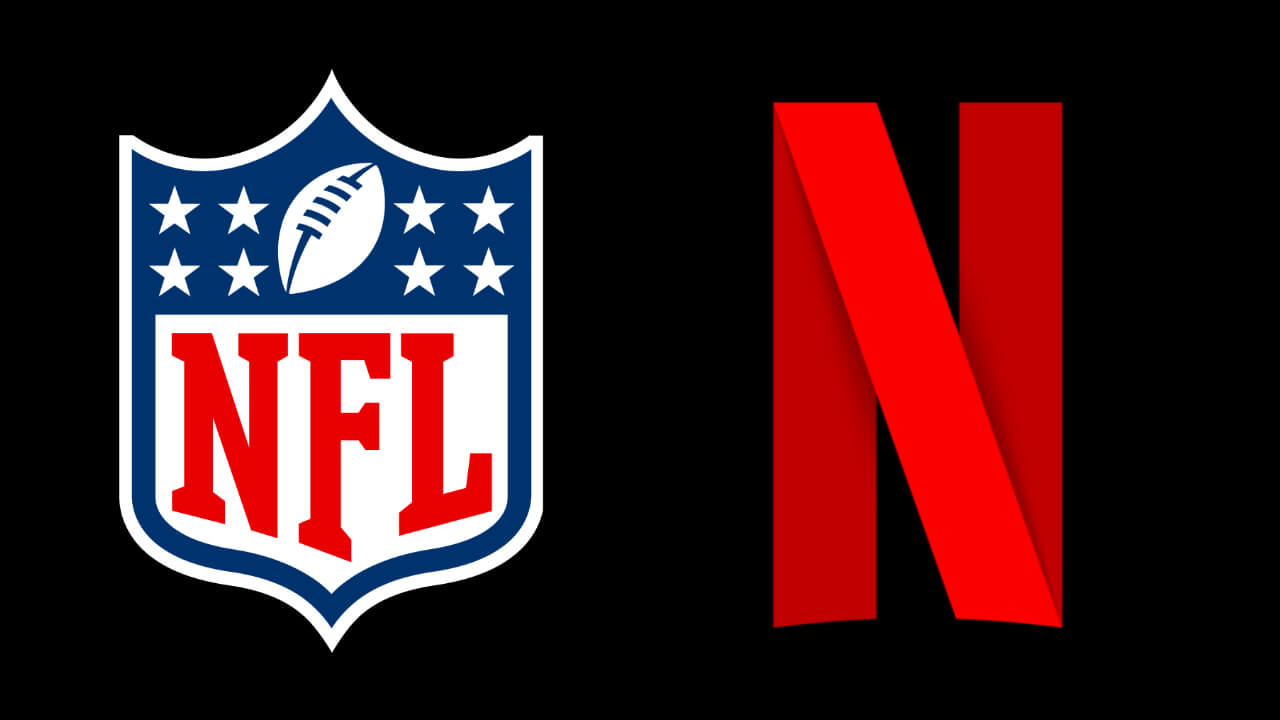After years of resisting live sports streaming, Netflix has entered the arena by securing exclusive NFL rights for two games on Christmas Day this year. This landmark three-year deal includes the option to stream additional holiday games in 2025 and 2026. At an estimated $150 million for the two games, Netflix is making a bold statement in the sports streaming landscape, positioning itself as a serious contender alongside Amazon and traditional broadcasters.
Why Netflix is Following Amazon’s Lead
Amazon’s dominance in the streaming sports arena has pressured Netflix to respond. Amazon’s Thursday Night Football (TNF) deal, valued at 15.4 times more than its initial price, contributed to the NFL’s rights skyrocketing to $100 billion over 10 years. With the NFL as a top global sports brand, Netflix’s move signals its intent to compete directly with Amazon Prime Video for sports viewership and advertising dollars.
“For Netflix, acquiring NFL rights is about more than streaming — it’s about becoming a key player in live sports and attracting advertisers,” a MIDiA analyst noted.
The Power of Advertising in Streaming Sports
Since launching its ad-supported tier in 2022, Netflix has been seeking to increase ad revenue, and major live sports like the NFL are powerful drivers for advertisers. At the Netflix 2024 Upfront, where the NFL games were announced, the platform showcased itself as an alternative to traditional broadcasters, emphasizing its reach and engagement.
Netflix is taking cues from Amazon, which introduced advertising on Prime Video earlier this year, acknowledging that SVOD services are shifting towards ad-supported models as they take on the cost of premium sports rights. This shift further solidifies streaming TV as a central platform for mainstream sports, catering to audiences who expect both top-tier content and live sports access.
SVOD’s Evolution in the Sports Market
The SVOD model, traditionally ad-free, is evolving with a new focus on advertising, driven by the high costs of sports rights. As Netflix, Amazon, and others invest heavily in live sports, streaming platforms are no longer pure SVOD services but rather hybrid models mixing subscription and ad-supported content. For consumers, this means sports streaming is becoming mainstream, with major platforms offering both sports and traditional entertainment.
Netflix’s entry into live sports streaming, marked by its NFL partnership, reflects a major pivot in SVOD strategy. As competition with Amazon Prime Video heats up, Netflix’s approach underscores that advertising and live sports will be a big part in the future of streaming TV. For audiences, this means streaming platforms are becoming one-stop destinations for live sports and entertainment, redefining the SVOD landscape.













